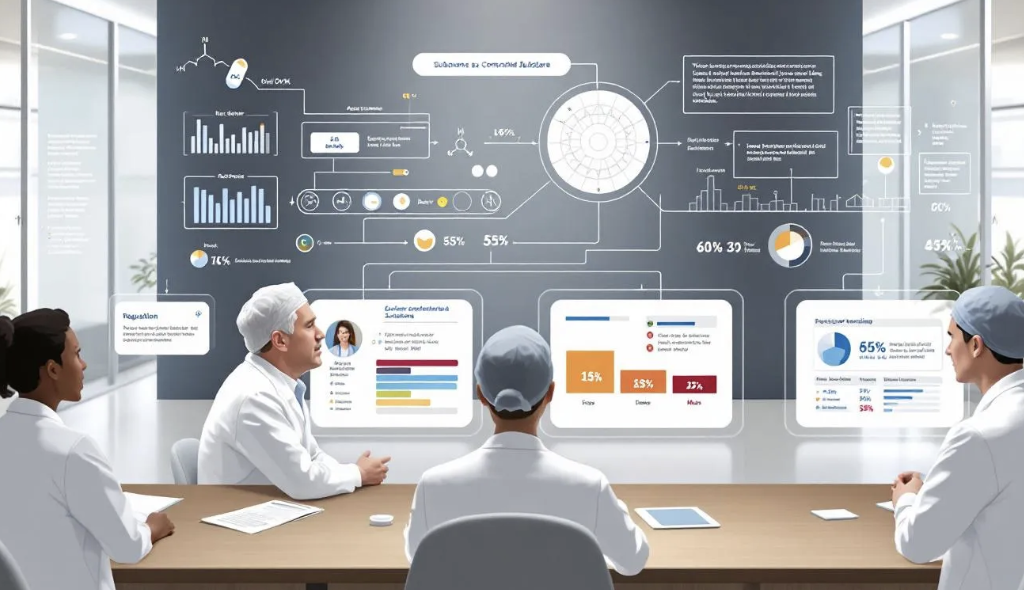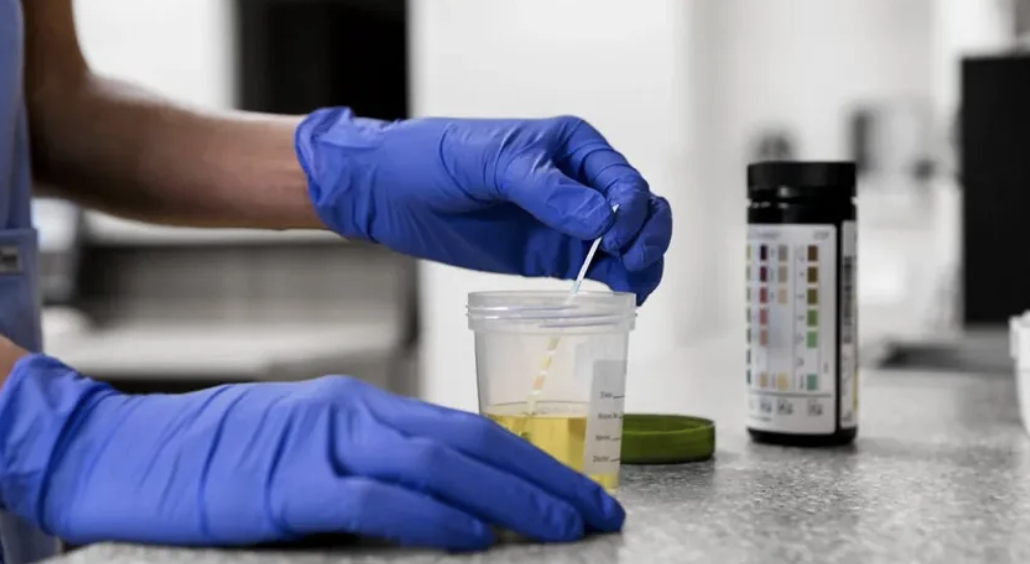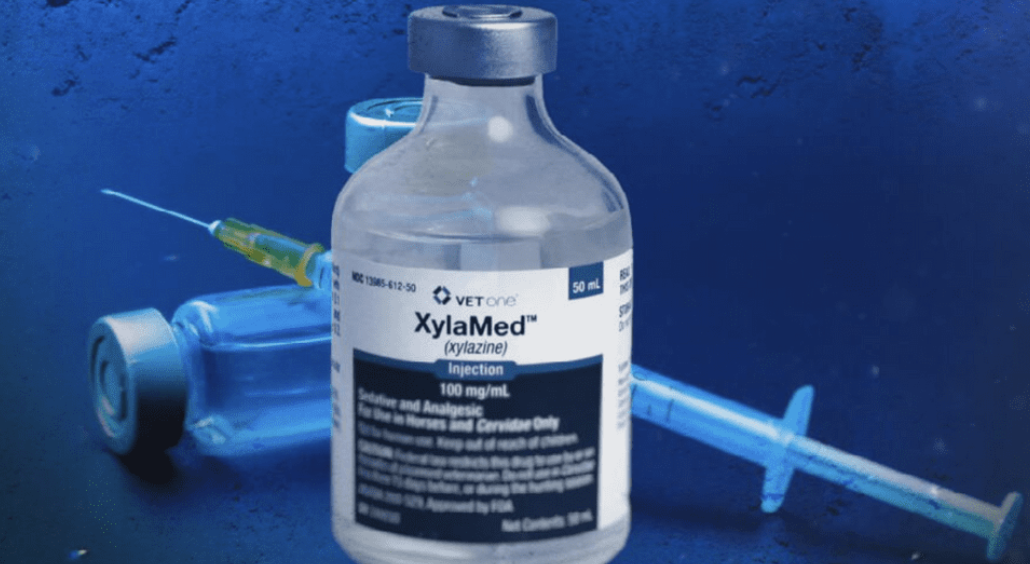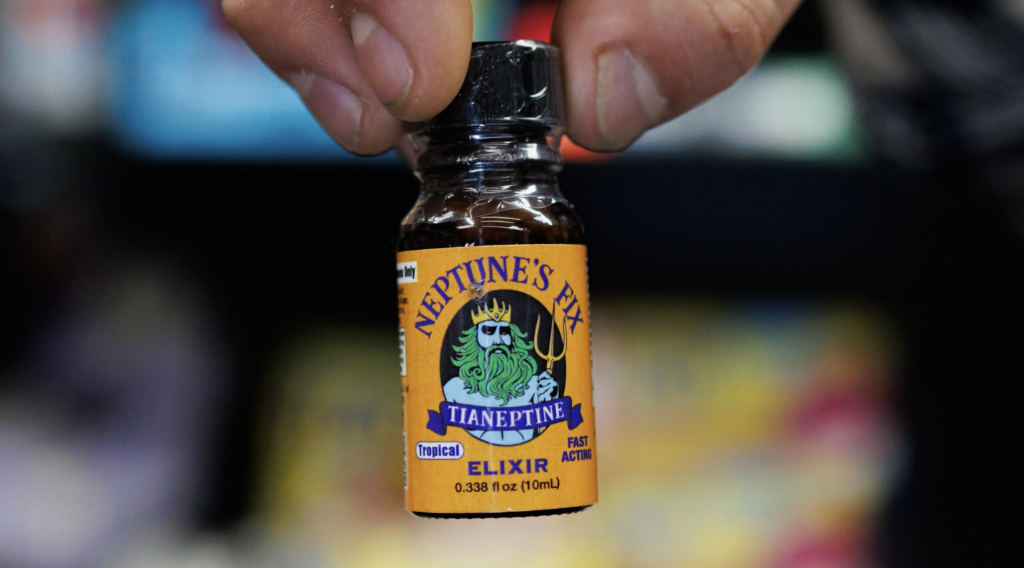Suboxone is indeed a controlled substance; specifically, is Suboxone a controlled substance classified as a Schedule III controlled substance in the United States. This means it has a medical use but also a moderate potential for abuse and dependence. This article will explain what Suboxone is, why it is controlled, and how its classification affects its use and regulation.
Key Takeaways
- Suboxone is a Schedule III controlled substance that contains buprenorphine and naloxone, effective in treating opioid dependence while minimizing the potential for misuse.
- The regulation of Suboxone ensures its safe prescription and use, particularly following the removal of the X-waiver in 2023, which has expanded access to treatment.
- Misuse of Suboxone can lead to legal penalties and treatment complications, highlighting the importance of responsible use and adherence to prescribed guidelines.
What is Suboxone, and how is it used in treatment?
Suboxone is a combination medication containing buprenorphine and naloxone. Buprenorphine is a partial opioid agonist, which means it can activate opioid receptors in the brain but to a much lesser degree than full agonists like heroin or methadone. This property makes it effective in treating opioid dependence by reducing cravings and withdrawal symptoms without producing the same high. Naloxone, on the other hand, is an opioid antagonist that blocks the effects of opioids. It’s included in Suboxone to prevent misuse; if someone attempts to inject Suboxone, the naloxone will trigger withdrawal symptoms.
Approved by the FDA, Suboxone is used in Medication-Assisted Treatment (MAT) programs for opioid use disorder and the mat act. MAT is a comprehensive approach that combines medications like Suboxone with counseling and behavioral therapies to treat substance use disorders. This multifaceted treatment plan helps patients manage their addiction and work towards recovery, addressing both the physical and psychological aspects of dependence.
Suboxone works by occupying the same receptors in the brain that opioids like oxycontin or morphine would bind to, thus blocking their effects and reducing the potential for misuse. Suboxone blocks stabilize the brain’s chemistry with a controlled amount of buprenorphine, helping patients treat opioid concentration on recovery without constantly battling cravings and withdrawal.
Is Suboxone classified as a controlled substance?
Under the Controlled Substances Act, medications are categorized into schedules based on their potential for abuse and medical utility. Suboxone is classified as a Schedule III controlled substance in the United States. This designation indicates that while Suboxone has a recognized medical use, it also carries a moderate potential for abuse and dependence, albeit less than Schedule I or II substances like heroin or methadone.
The Drug Enforcement Administration (DEA) uses a scheduling system to regulate substances that have the potential for misuse. Schedule I drugs have no accepted medical use and a high potential for abuse, while Schedule II drugs have some medical utility but a high potential for abuse and dependence. Schedule drug regulations help ensure that these substances are monitored appropriately.
By contrast, Schedule III substances like Suboxone have a lower abuse potential and accepted medical uses, which influences how they are prescribed and dispensed. Schedule III drugs have specific regulations that also affect their distribution.
Why is Suboxone regulated as a controlled substance?
Suboxone’s regulation as a Schedule III controlled substance stems from its potential for misuse and the need to ensure it is prescribed and used safely. Buprenorphine, one of the active ingredients in Suboxone, has a recognized medical use but also carries the potential for misuse and dependence. However, the inclusion of naloxone in Suboxone helps mitigate this risk by inducing withdrawal symptoms if the drug is injected rather than taken as prescribed.
Moreover, Suboxone has a ceiling effect, meaning that after a certain dose, taking more buprenorphine does not increase the drug’s effects. This property limits its potential for abuse compared to other opioids, making it a safer option for treating opioid dependence. Despite these safeguards, the historical stigma surrounding opioid medications and the potential for illicit use contribute to its classification as a controlled substance.
Regulating suboxone as a controlled substance ensures that it is prescribed and used within a medical framework to dispense controlled substances, reducing the risk of diversion and misuse. This careful balance aims to provide effective treatment for opioid use disorder while minimizing the potential for abuse.
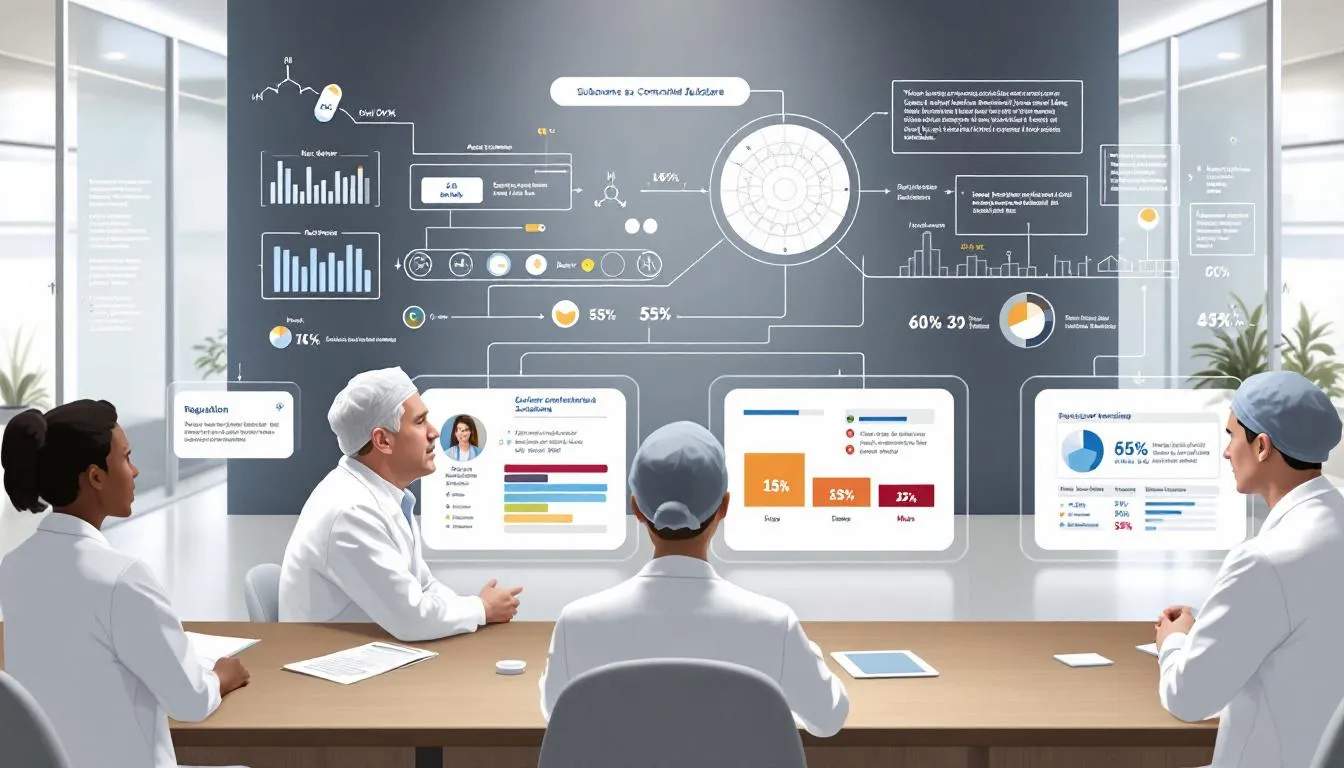
What are the legal and prescribing regulations for Suboxone?
Federal regulations surrounding the prescription of Suboxone have evolved over the years to improve access while ensuring safety. Initially, the Drug Addiction Treatment Act of 2000 (DATA 2000) required healthcare providers to obtain an X-waiver to prescribe buprenorphine products like Suboxone. This waiver system aimed to control the medication’s distribution by limiting the number of patients a provider could treat.
In 2023, significant changes were made with the removal of the X-waiver requirement, allowing any healthcare provider, including nurse practitioners, with a DEA registration to prescribe Suboxone. This change has broadened access to treatment, making it easier for patients to receive care. However, providers must still adhere to federal laws, including proper documentation and monitoring to prevent misuse.
Federal regulations provide a baseline, but individual states may impose additional rules on prescribing Suboxone. These can include special training requirements or limits on the number of patients a provider can treat at one time, including filling prescriptions for specific prescriptions.
How does Suboxone compare to other controlled medications?
In the realm of opioid use disorder treatment, Suboxone is often compared to other medications like methadone and naltrexone. Regarding methadone:
- It is a Schedule II controlled substance.
- It has a higher potential for abuse.
- It is typically dispensed only in specialized clinics under strict supervision.
This makes methadone a more controlled but also less accessible option compared to Suboxone. For a full comparison, see how treatment protocols differ in suboxone vs methadone.
On the other hand, naltrexone is not a controlled substance and poses no risk of abuse. It works differently from Suboxone by blocking opioid receptors entirely, preventing any opioid from producing effects. While effective, naltrexone requires complete detoxification from opioids before use, which can be a barrier for some patients. To understand the differences in treatment approach, read about naltrexone vs suboxone.
Including a comparison table can help clarify these differences, highlighting Suboxone’s unique position as a partially agonistic medication with moderate abuse potential but significant therapeutic benefits.
Can Suboxone be addictive or misused?
Suboxone, like any medication containing opioids and opiates, has the potential for misuse if not taken as prescribed. However, its formulation significantly reduces this risk. Buprenorphine, the primary active ingredient, is a partial opioid agonist, meaning it produces limited euphoria compared to full agonists like heroin or OxyContin. Many people wonder, does Suboxone get you high? The answer depends on several factors, including dosage and opioid history. Naloxone is included to deter misuse by causing withdrawal symptoms if the drug is injected.
Distinguishing between dependence and addiction is crucial when discussing Suboxone:
- Dependence refers to the body’s physical adaptation to the medication, leading to withdrawal symptoms if usage stops abruptly.
- Addiction involves compulsive drug-seeking behavior despite harmful consequences.
- Suboxone has a lower risk of addiction due to its ceiling effect and partial agonist nature, but some individuals still experience challenges related to suboxone addiction, especially when the medication is not used as prescribed.
Safe use practices are crucial in minimizing misuse. These include taking Suboxone as intended, using the film or tablet form as prescribed, and undergoing supervised induction to ensure the medication is started correctly.
What are the consequences of misusing a controlled substance like Suboxone?
Misusing Suboxone can lead to severe legal and personal consequences. Legally, individuals found diverting or misusing Suboxone can face significant penalties, including fines and imprisonment. Misuse can also impact one’s treatment plan, as insurance companies may refuse to cover further treatment or require more stringent monitoring.
Beyond legal repercussions, misuse can exacerbate the stigma surrounding Medication-Assisted Treatment (MAT), which is often considered dangerous. This stigma can discourage others from seeking help, perpetuating the cycle of addiction. It’s imperative to understand these consequences to underscore the importance of using Suboxone responsibly.
How should Suboxone be stored and disposed of?
Proper storage and disposal of Suboxone are vital to prevent misuse and accidental ingestion. Suboxone should be stored securely in a locked place, away from children and pets. When traveling, it’s advisable to keep Suboxone in your carry-on luggage to avoid loss or theft.
For disposal, the best method is using a drug take-back program. These programs allow you to drop off unused or expired medication at designated locations or use mail-back envelopes. If a take-back option is unavailable, Suboxone can typically be disposed of in household trash after mixing it with an undesirable substance, provided it’s not on the FDA’s flush list.
Following specific disposal instructions from healthcare providers ensures that Suboxone is handled safely, mitigating the risk of accidental exposure or misuse.
Common misconceptions about Suboxone’s controlled status
There are several misconceptions about Suboxone’s controlled status that need addressing. One common myth is that “Suboxone is just like heroin.” This is far from the truth; Suboxone contains buprenorphine, a partial opioid agonist, and naloxone, which together reduce the potential for misuse and addiction.
Another misconception is that if a medication is controlled, it must be harmful. The regulation of Suboxone is precautionary, not punitive. It ensures the medication is used safely and effectively, providing a balance between treatment access and preventing misuse.
Bottom Line: Why classification matters for patients and providers
Knowing how Suboxone is classified helps both patients and providers navigate treatment options and comply with legal standards. The scheduling of controlled substances impacts prescribing practices, influencing how providers manage patient treatments and monitor for misuse.
Healthcare professionals must be knowledgeable about drug classifications to effectively communicate the risks and benefits of medications to their patients. This understanding helps identify appropriate therapeutic options, minimizing the risk of addiction or abuse. Medical professionals must also stay informed about these classifications.
The classification system allows providers to enforce proper prescription guidelines, enhancing patient safety and reducing liability. Open discussions with healthcare providers about Suboxone and its regulation can demystify the medication and encourage more patients to seek the help they need.
FAQs about Suboxone and controlled substances
Is Suboxone a narcotic?
Suboxone is classified as a narcotic due to its opioid components, yet it functions as a partial agonist, which reduces its potential for misuse compared to full agonist opioids.
Can Suboxone be prescribed by any doctor?
Yes, any healthcare provider with a DEA registration can now prescribe Suboxone following the removal of the X-waiver in 2023. This change simplifies access to treatment for those in need.
Is it legal to travel with Suboxone?
It is legal to travel domestically with Suboxone. For international travel, you should carry a prescription and verify the regulations of your destination country.
Why is Suboxone treated differently from methadone?
Suboxone is treated differently because it has a lower risk of misuse and contains naloxone, which prevents injection abuse. In contrast, methadone is classified as a Schedule II drug with a higher potential for abuse, necessitating stricter regulations.
How does Suboxone affect drug tests?
Suboxone may appear as buprenorphine on drug tests, so it is crucial to inform the testing agency of your prescription. Learn more about whether Suboxone will show up in a drug test and how to prepare.


